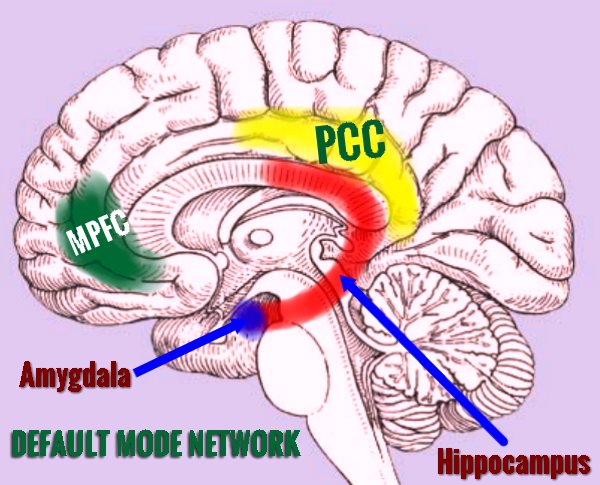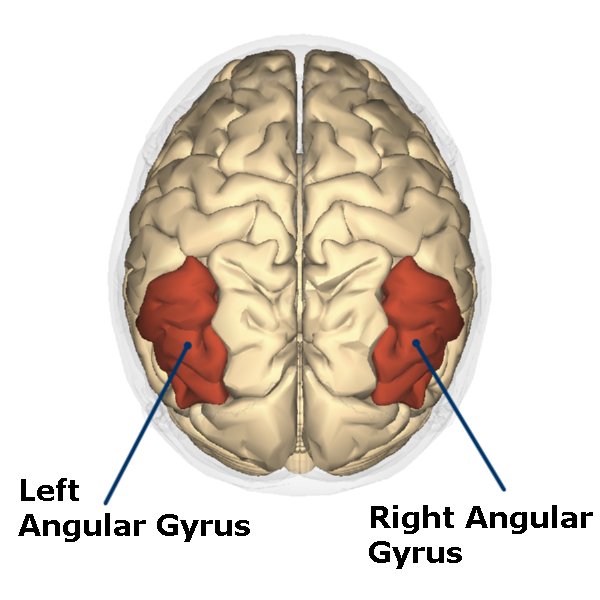Meditation and the Default Mode Network
Default mode network are a multilayer, hierarchical network of neurons not some isolated regions of the brain. Understanding how meditation and DMN work together is central for understanding deeper levels of meditation. Here we present a basic model of DMN and its role in meditation. The DNM is active when one is engage in internal tasks such as daydreaming, envisioning the future, retrieving memories, and thinking others’ perspectives.The DNM releases unresolved tensions in our lives. The default mode network is more active for creative people. During wakeful rest, the brain consolidates recently accumulated data, memorizing the most salient information, and essentially rehearses recently learned skills, etching them into its tissue. Normally, default mode of humans appears to be that of mind-wandering. In my earlier article I have discussed about the effect of meditation on brain structure. In this article I discussed the effect of meditation on default mode network.


